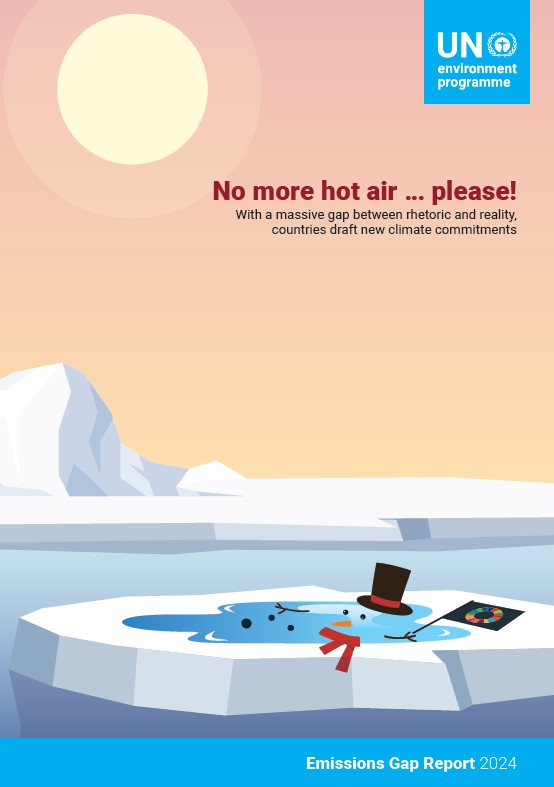목차
Acknowledgements IV
Glossary VI
Foreword XI
Executive summary XII
Chapter 1 Introduction 1
1.1 All eyes on the next nationally determined contributions 1
1.2 Approach and structure of this report 2
Chapter 2 Global emissions trends 3
2.1 Introduction 3
2.2 Global emissions increased in 2023 4
2.3 Sectors are shifting towards renewable sources and electrification, but not yet fast enough to
significantly displace fossil fuels 6
2.4 Emissions of the G20 increased overall in 2023 and accounted for 77 per cent of the total 10
Chapter 3 Nationally determined contributions and long-term pledges: The global landscape
and G20 member progress 13
3.1 Introduction 13
3.2 Global trends in current NDCs provide important guidance for the next NDCs 14
3.3 Progress of G20 economies towards NDCs has stalled 16
3.4 Developments in long-term and net-zero pledges show reasons for concern 22
Chapter 4 The emissions gap in 2030 and 2035 26
4.1 Introduction 26
4.2 Scenarios for assessing the 2030 and 2035 emissions gap 26
4.3 The emissions gaps in 2030, 2035 and 2050 remain large 30
4.4 Immediate action matters for temperature implications 33
Chapter 5 Bridging the gap: Translating global milestones into action and ambition in the next nationally
determined contributions of G20 members 35
5.1 Introduction 35
5.2 Interpretations of Paris-aligned action and ambition of G20 members show that they must move
faster than the global average 35
5.3 Emerging findings based on bottom-up national mitigation scenarios indicate that it is possible to
accelerate action and increase ambition 39
Chapter 6 Bridging the gap: Sectoral transformation benchmarks, mitigation potentials
and investment needs 41
6.1 Introduction and synthesis 41
6.2 Sector transformations, benchmarks and potentials can guide the next NDCs 43
6.3 Substantial increases in investments and finance are required to accelerate action 58
References 63




